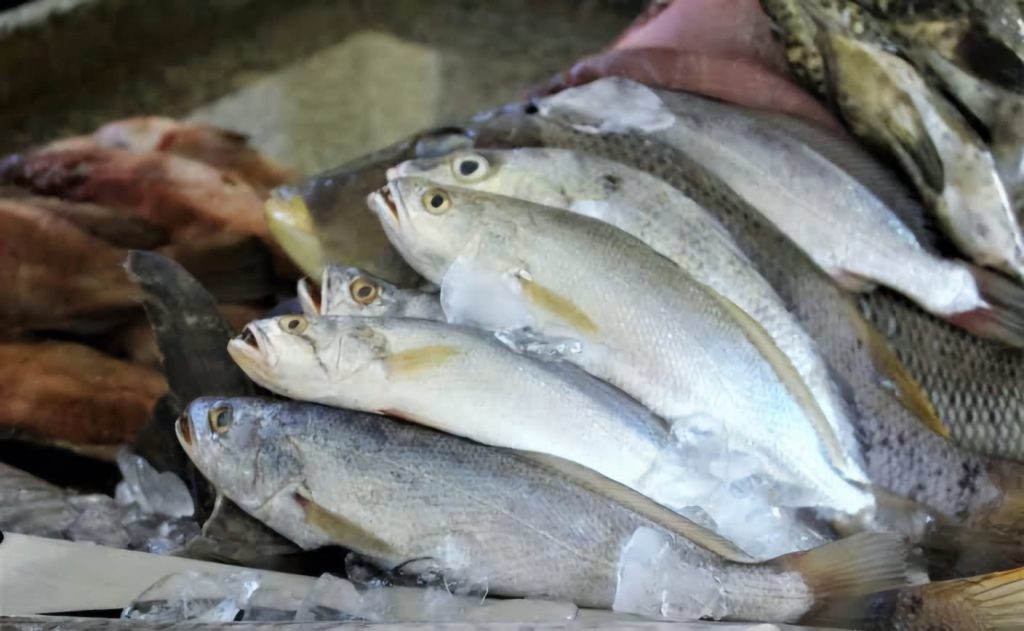According to budget execution data obtained by Lusa on Friday, Mozambique’s fishing production rose by 10.3% in the first six months of the year, reaching 240,398 tonnes, with aquaculture playing a significant role in this growth.
Government figures reveal that this production represents 46% of the annual target of 522,671 tonnes set for 2024, which includes both fishing and aquaculture.
The most notable growth was seen in the industrial aquaculture sector, which nearly doubled its output by 80.3% from January to June compared to the same period in 2023, reaching 5,132 tonnes, or 52.5% of the 2024 target.
This expansion was supported by initiatives such as the fattening of live crabs and lobsters, which were caught in marine waters and kept in production facilities for export, as well as a seaweed production project in Nampula province.
Artisanal Fishing Leads the Sector
Artisanal fishing maintained its dominance in volume, achieving 225,285 tonnes, which represents a 9.2% increase from the previous year. The central province of Zambézia was a key contributor, making up 25% of this total. Meanwhile, industrial and semi-industrial fishing recorded a 13% growth, reaching 9,981 tonnes compared to 2023.
Mozambique’s total fishing production in 2023 reached 496,373 tonnes, reflecting a 9% year-on-year growth, surpassing the set targets. Artisanal fishing was the largest contributor, with 466,491 tonnes, a 7.8% increase. Commercial fishing (industrial and semi-industrial) produced 20,230 tonnes, showing a 16.4% rise, while aquaculture production surged by 73.1%, totaling 9,553 tonnes.
Shrimp production led the commercial fishing sector, with an 18.7% increase, producing 3,041 tonnes compared to 2022.
Aquaculture in Mozambique is conducted both on an industrial scale and at smaller scales, producing various species of fish, shrimp, crab, and lobster, particularly in the provinces of Tete, Gaza, and Maputo.
Despite these gains, 2023 production faced challenges from “excessive rains that caused flooding” in Maputo and the impact of Cyclone Freddy, which struck twice—first affecting the southern region, particularly Inhambane province, and later the central and northern regions, with Zambézia province bearing the brunt.

